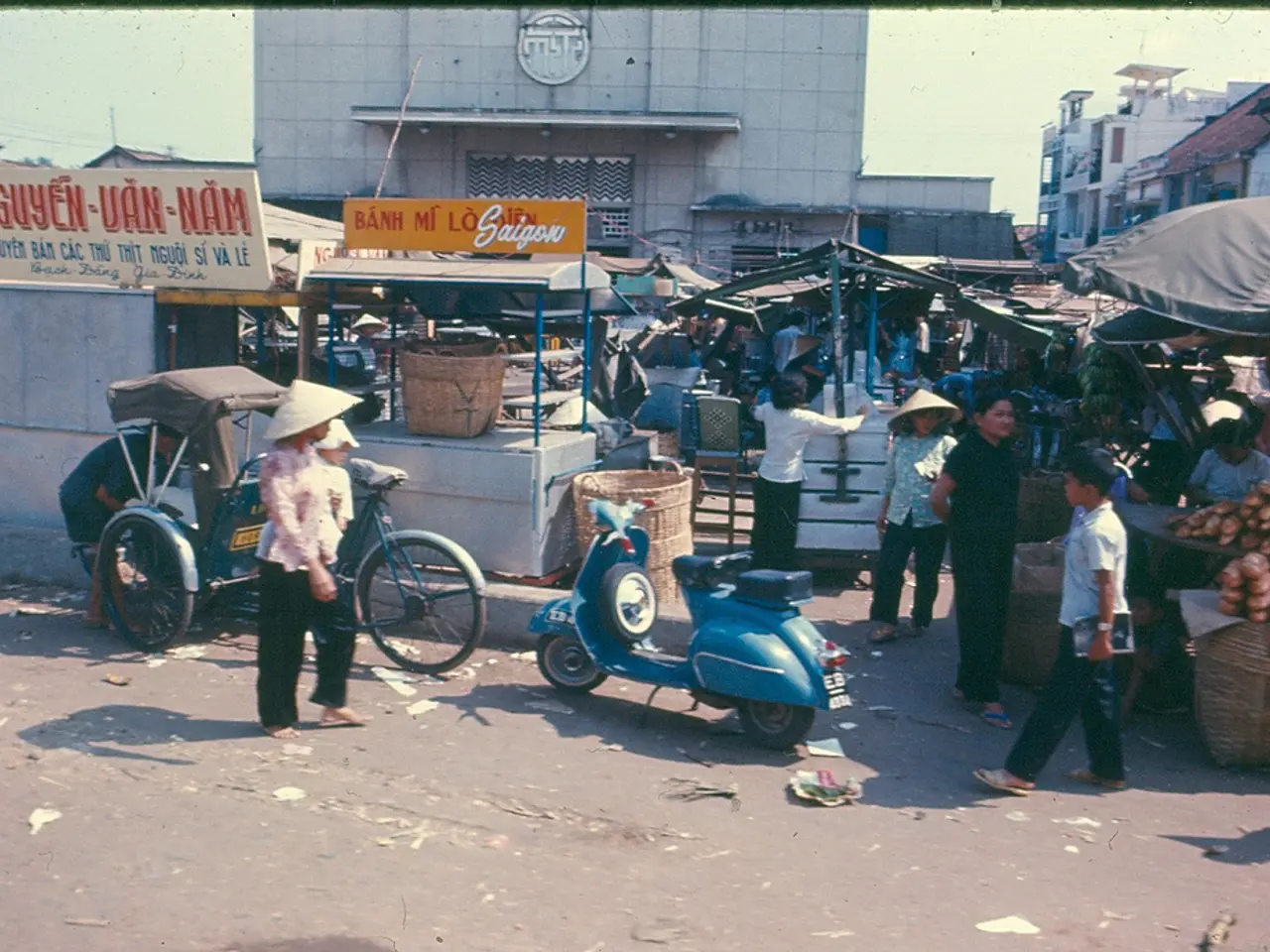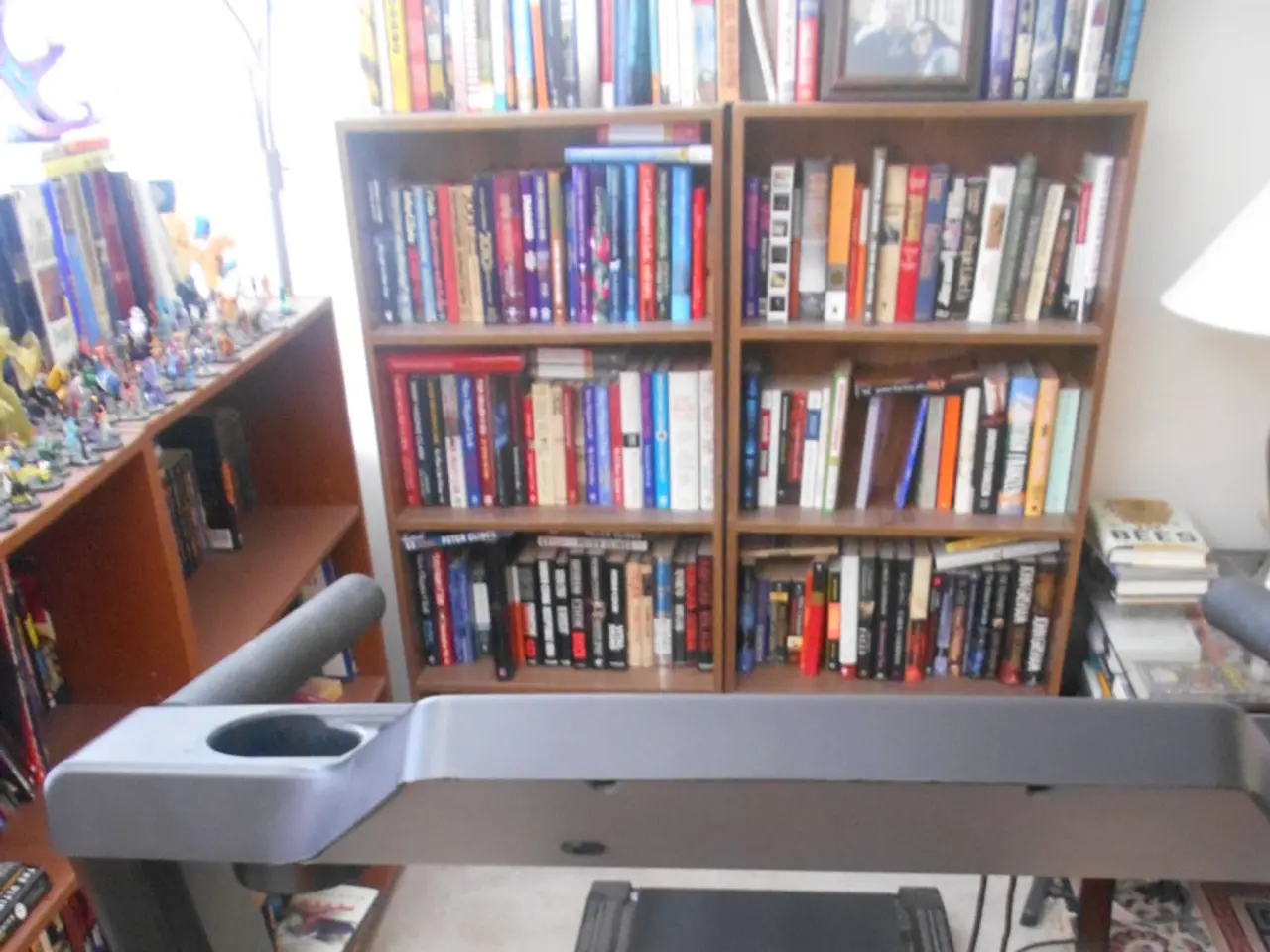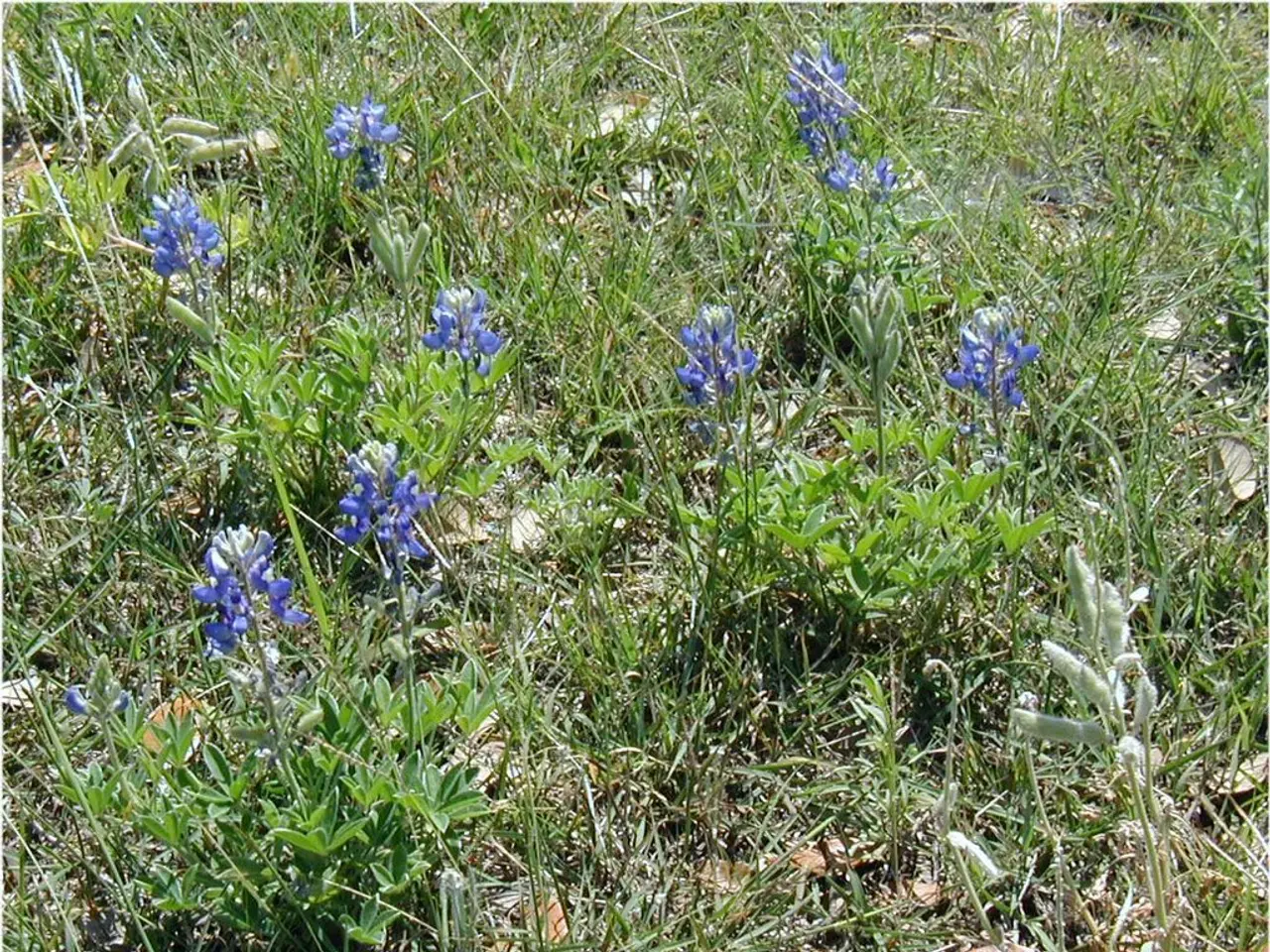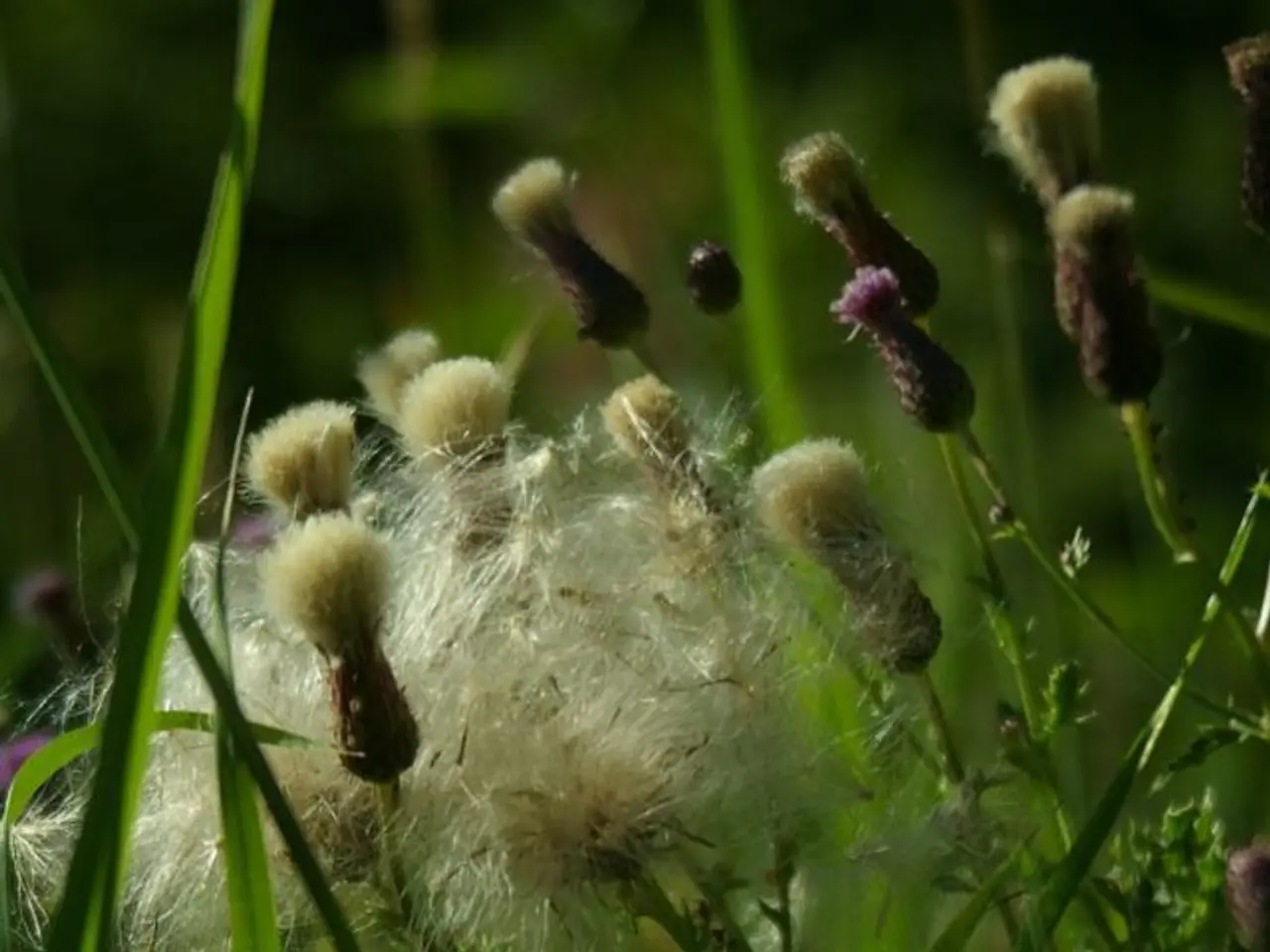Calm Vignettes of Leisurely Living in Meerut
In the era of Instagram reels, a longing for the unhurried chapters of life in Meerut, a town in western Uttar Pradesh, resonates. The author recalls a time when life moved at a slower pace, memories seemed to last longer, and the city was a unique blend of small-city North Indian traditions, growing urban modernity, and strong military/civic institutions.
Meerut, an important garrison and administrative town, boasted a rich cultural and social fabric. The city was home to diverse communities, with Hindu and Muslim neighbourhoods living in harmony, despite the increasing communal tensions seen nationwide in the late 1980s.
Family and social life centred around extended-family households and conservative norms, with everyday life revolving around neighbourhoods (mohallas), local temples, mosques, and community networks. Major Hindu festivals (Holi, Diwali, Ram Navami) and Muslim observances (Eid) were community anchors, with processions, public prayers, and shared market activity around festival times.
Hindi (and local dialects/patois) was dominant in public life, and English-medium schools continued to be important for upward mobility. Political debate and local party networks were visible in civic life, with Meerut hosting political gatherings and serving as a site for regional party activity.
Food played a significant role in Meerut's culture. Home cooking and staples consisted of wheat, seasonal vegetables, lentils, pickles, ghee, and dairy, with meat being eaten by many households, though frequency varied by religion and income. Street vendors, tea stalls, and small mithai/namkeen shops were central social places, offering popular snacks like samosas, chaat, kachori, jalebi, and local sweetmeats.
Cinema was the prime mass entertainment, with single-screen cinemas being the hub for watching Hindi films. Film releases were social events, with large audiences for dramas, action, and romance typical of 1970s–80s Bollywood. Radio (All India Radio) and, increasingly from the late 1970s onward, Doordarshan TV provided news, music programs, and serials, changing evening routines as families gathered for limited-channel programming.
Local stage shows, Urdu/Hindi mushairas (poetry gatherings), school/college plays, and small concerts were important for the culturally engaged, while traditional folk performances appeared at fairs and festivals. Cricket and kabaddi were popular informal sports, with public parks, school grounds, and cantonment clubs providing spaces for exercise and socialising.
Transport consisted of auto-rickshaws, cycle rickshaws, buses, and increasing private two-wheelers, with rail connectivity linking Meerut to Delhi and other regional centres. Power cuts and water shortages were more common, and occasional large outages could prompt public protests and inconvenience. Postal services, ration shops, and municipal services were the standard civic infrastructure.
Long-distance telephone access was limited, and telegrams and letters remained important for long-distance coordination until telephony expanded.
As the 1970s turned into the 1980s, growing TV penetration and Bollywood's expansion meant audiovisual entertainment became more central in family life. Economic and occupational shifts, such as slow urbanisation, more government and service employment, and migration to bigger cities for jobs, began altering aspirations and lifestyles. The late 1980s saw rising communal polarisation across parts of northern India, which affected social relations in many towns, even if day-to-day life continued for most residents.
For a more detailed and personal account of life in Meerut during the 1970s and 1980s, oral histories, local newspapers archives, and personal memoirs from Meerut residents of the period are the best sources.
News of the past in Meerut, a vibrant town in western Uttar Pradesh, was disseminated through local newspapers and radio broadcasts, while personal memoirs served as valuable historical accounts.
In the cultural and social fabric of Meerut during the 1970s and 1980s, opinion on various topics was often exchanged during community gatherings, mushairas, and local political debates, reflecting a thriving lifestyle and home-and-garden scene.




